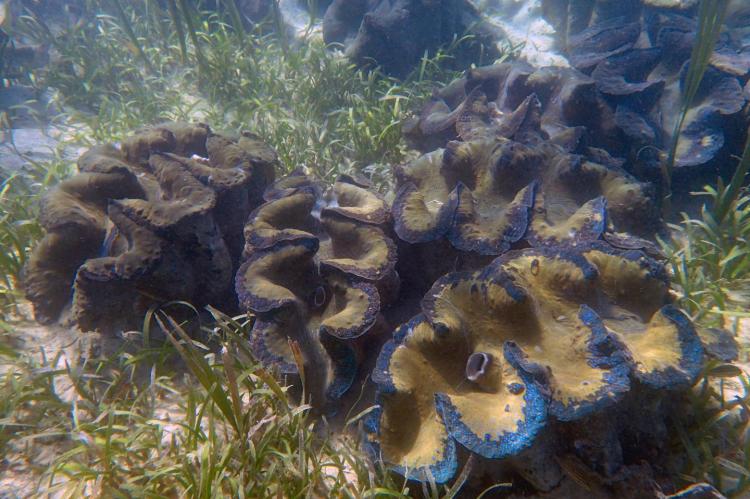World's largest clam species is most threatened mollusc
Recent research has revealed that the Tridacna gigas is the most threatened mollusc in the world.
A worldwide study of giant clams have found that the world’s largest clam species -the Tridacna gigas - is the world’s most threatened mollusc. As a result, about half of its wild populations are severely decimated or are no longer found at the sites where they were previously found.
The research was conducted between 2014 and 2016, by a team of international scientists led by Dr Neo Mei Lin and Associate Professor Peter Todd from the National University of Singapore (NUS). Their findings have been published in the Volume 55 of Oceanography and Marine Biology: An Annual Review.
In the course of their research, the team had re-examined and updated the taxonomy, distribution, abundance, and conservation status of all species of giant clams.
Specifically, according to their press release, they “examined online data and publications that date back to the 1900s on the taxonomy of giant clams and their global distribution. They collated the information available on the exploitation of giant clams and the laws that protect them, reviewed the impacts that harvesting rates may have on wild populations, and summarised the outcomes of past and ongoing conservation programmes. They also recruited fellow marine scientists from around the world to assess and cross-examined the information.”
The conclusion at the end of this massive undertaking showed that the giant clams have been impacted by a combination of increased commercial demand, advances in fishing techniques, climate change, pollution, habitat loss and coastal development.
As for the Tridacna gigas, it faces the highest extinction threat, as it is easily harvested directly from the reef bed, and its large size translates to the most substantial meat mass for consumption. Natural wild populations of this clam species could previously be found in 31 sites worldwide; today. they are either severely depleted or no longer exists at 26 of these sites.
According to Dr Neo, "We urgently need to step up on our conservation efforts to prevent the larger giant clam species from going extinct. The trends are worrying, so while there may be more of the smaller clam species now, it is only a matter of time before they become endangered too."


